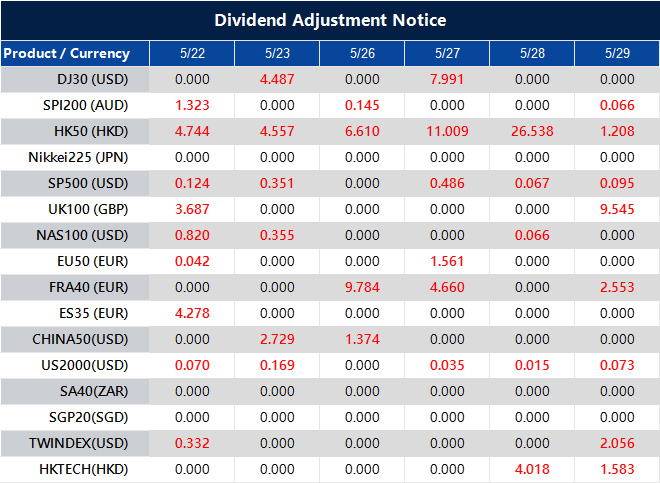Gold prices have increased by over 0.50%, staying above $3,300. This rise comes as traders worry about the US tax bill vote and ongoing tensions in the Middle East. Currently, XAU/USD is trading at $3,317, having bounced back from a low of $3,285.
US equity markets are down, and US Treasury bond yields are on the rise. A tax-cut bill’s potential approval could add nearly $3.8 trillion to the national debt.
US Dollar Index Dip
The US Dollar Index (DXY) dropped 0.52% to 99.49 after a downgrade of US debt, which supports higher gold prices. Meanwhile, tensions in the Middle East persist, even as China and the US reduce tariffs ahead of upcoming talks.
Traders are keeping an eye on Federal Reserve speeches, Flash PMIs, housing data, and Initial Jobless Claims. US Treasury yields are climbing, with the 10-year yield up by nine and a half basis points to 4.58%.
Gold prices are gaining from concerns about US debt following the downgrade of the government’s credit rating. The Federal Reserve believes that current monetary policy is sufficient and is aware of the inflationary effects of rising US tariffs.
Gold may test $3,350, with additional targets at $3,400 and $3,500. If prices turn bearish, they must fall below $3,300, with support at $3,204.
Federal Reserve Impact on Gold
The Federal Reserve’s interest rate decisions influence the strength of the US Dollar. The Committee meets eight times a year to evaluate economic conditions and decide on monetary policy, which may include quantitative easing or tightening.
Gold’s recent price increase reflects market anxiety driven mainly by fiscal and geopolitical uncertainties. As prices recover from lows and surpass the $3,300 mark, traders are shifting toward safe-haven assets amid worries about the US’s fiscal responsibility and rising global tensions.
While equities have struggled, Treasury yields are rising—particularly the 10-year yield, which is approaching 4.6%. Generally, higher yields reduce the appeal of non-yielding assets like gold. However, concerns about the US’s future debt levels, especially with the tax changes projected to add over $3.5 trillion, seem to outweigh the impact of yields.
As markets digest the downgrade of US debt quality, the US Dollar Index fell below 99.5. This decline in the dollar has strengthened gold since the metal is priced in dollars. A weaker dollar increases purchasing power for foreign buyers, which boosts gold prices.
Additionally, tensions in the Middle East are contributing to gold’s upward momentum. Although US-China tariffs have eased slightly to facilitate discussions, it hasn’t alleviated worries about global stability.
Markets are shifting focus to various economic indicators this week, including manufacturing flash PMIs, housing market data, and new jobless claims. These will likely influence short-term sentiment regarding monetary policy and inflation trends. Rising bond yields indicate ongoing inflation concerns, despite the Federal Reserve’s claims that its current stance is adequate.
From a strategy perspective, prices have held just above major support at $3,285, and the upward momentum appears strong as gold moves toward $3,350. Breaking through this level could lead to targets of $3,400 and $3,500 if macroeconomic issues don’t reverse the trend into commodities.
It’s crucial to consider the Committee’s recent statement. The central bankers are maintaining steady policy, indicating that current interest rates align with their inflation goals. They have also recognized that increasing tariffs push prices higher. They might let data influence their next move; however, with inflation below target and core readings being informative, a pause might be preferable over risking greater uncertainty.
Unless there are significant geopolitical changes, there’s a limited volatility window driven by macro announcements and scheduled Fed speeches. Reactions to these events, especially if they differ from the Fed’s wider messaging, could quickly shift dynamics. Those watching derivatives should stay alert for increased implied volatility, especially regarding gold and currency pairs linked to Treasury shifts.
While support is around $3,204, prices above $3,300 indicate a strong bullish trend for now. A clear drop below this level could change the outlook, but currently, the upward trend holds unless data or central bank comments significantly ease current fears.
Create your live VT Markets account and start trading now.
here to set up a live account on VT Markets now




